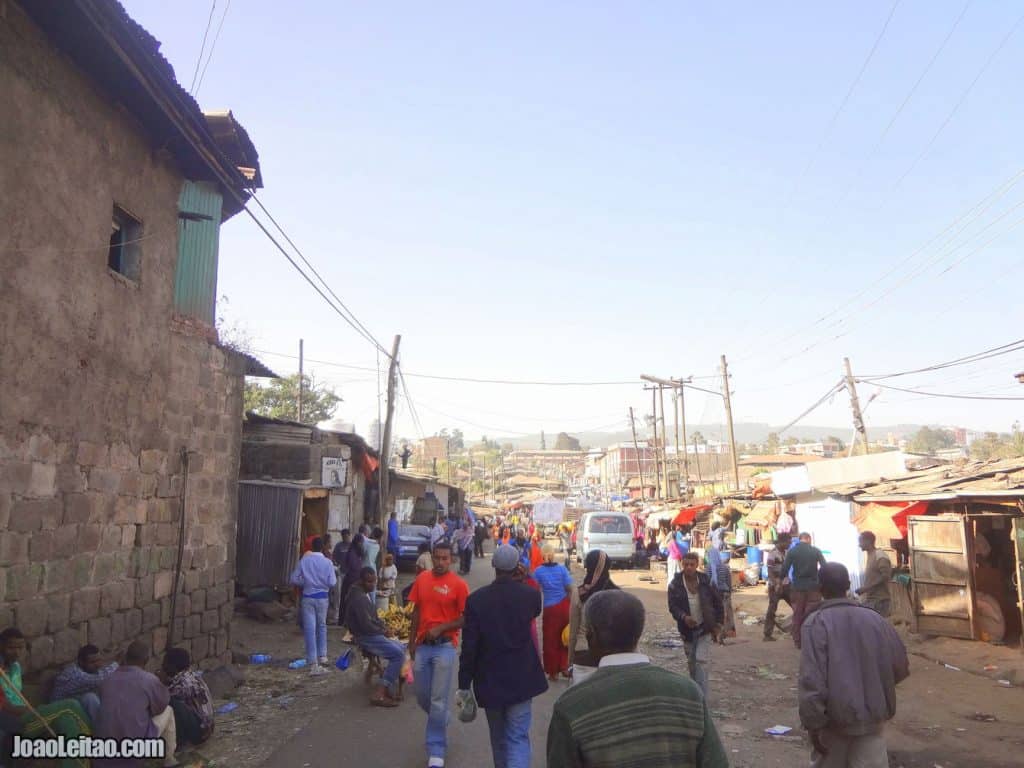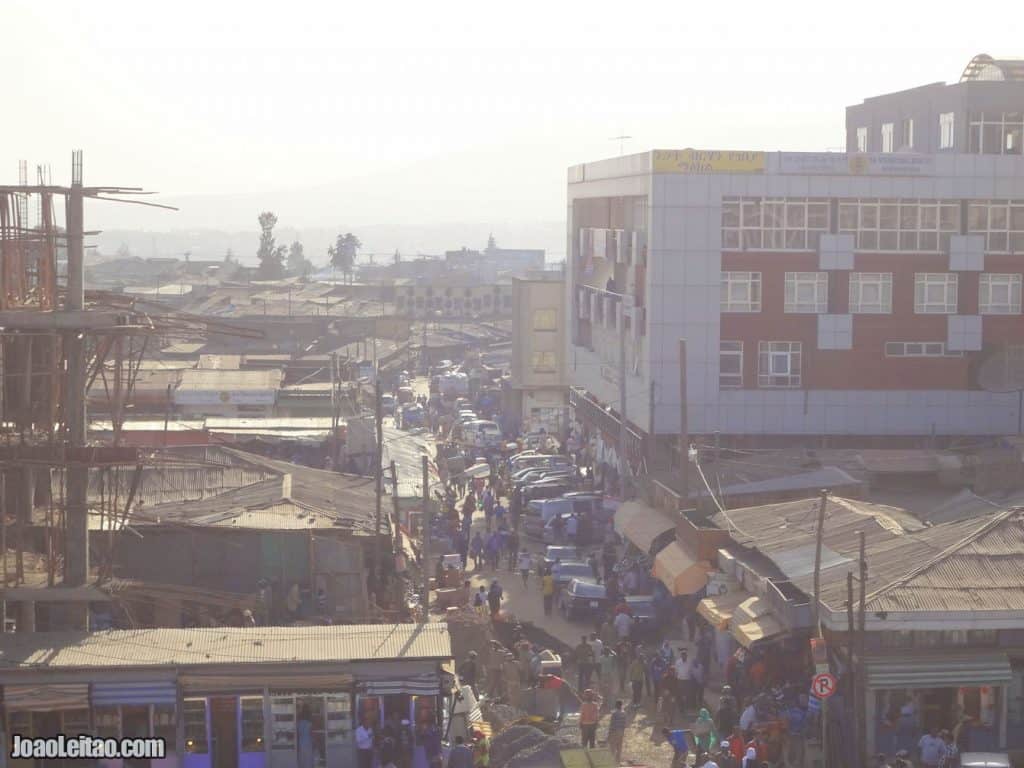Table of Contents
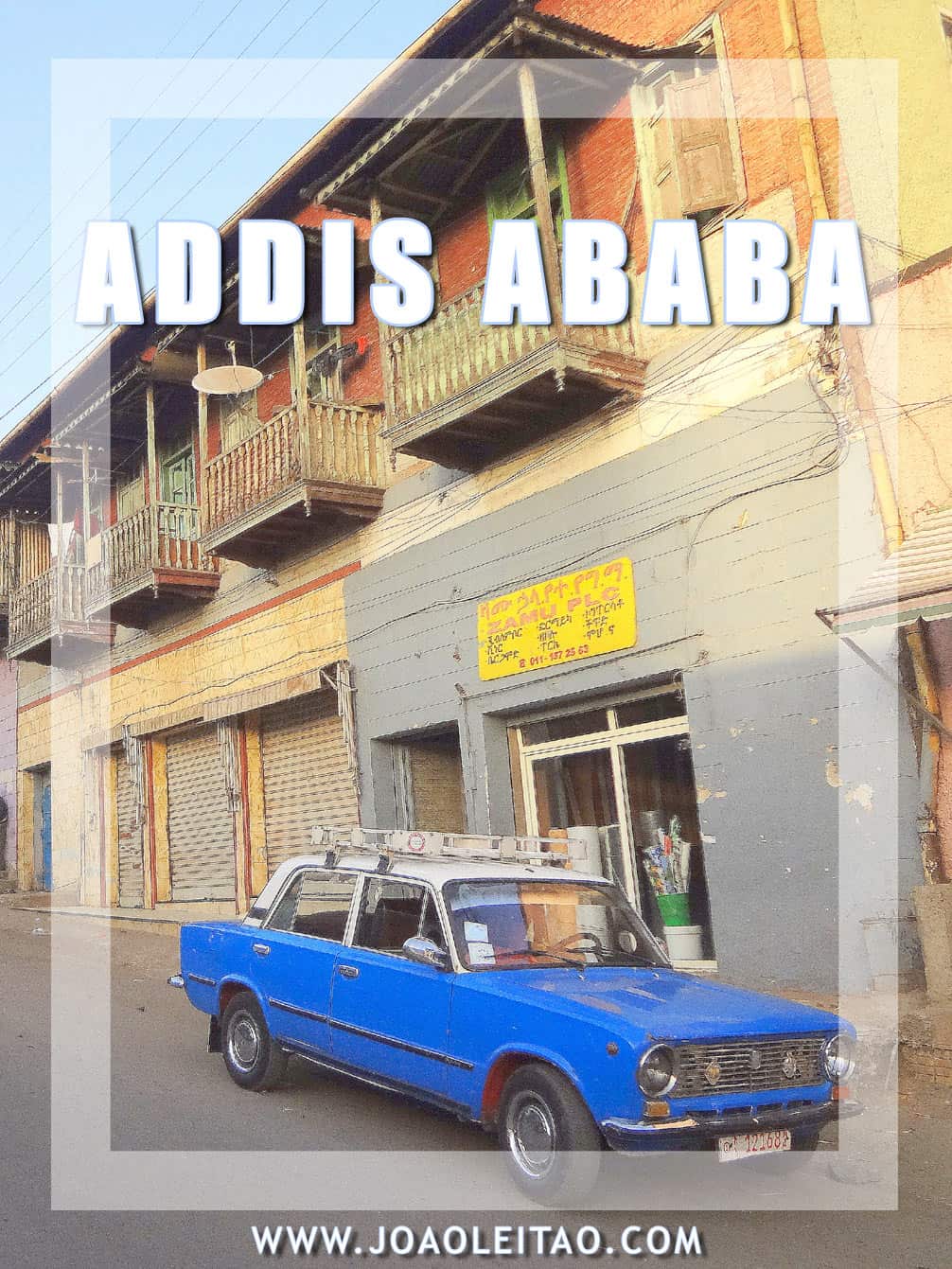
There’s a list of best places to visits Addis Ababa that you have to include on your future trip to the city. The capital of Ethiopia, located in the center of the country, has four million people. Even if it might seem chaotic and intimidating, at first sight, Addis Ababa it’s quite safe (in African standards) and has a lot to offer to its visitors. Enjoy a local coffee shop or a restaurant to have your delicious injera.
Most of the population in Addis Ababa is Christian, which generates a wonderful atmosphere. The cultural fusion is intense, with churches side by side with mosques and Christian practices with a local cultural twist.
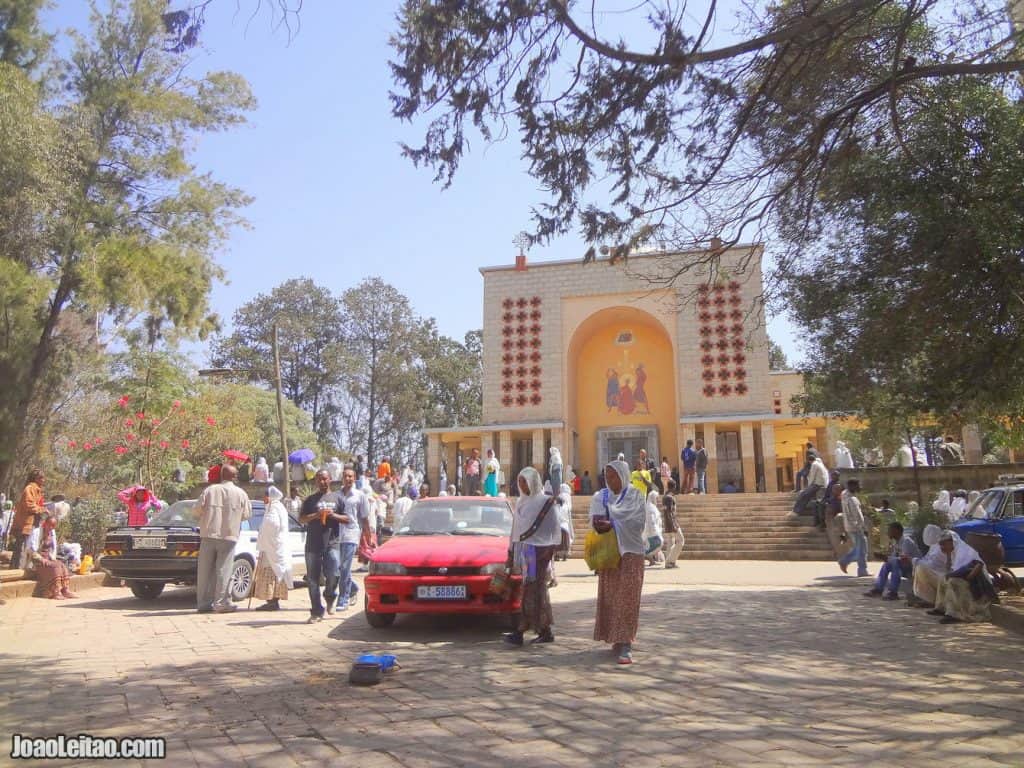
The History of Ethiopia contributes to the fascinating environment of Addis Ababa: we’re at the capital of the only African country that was never colonized, even though it was occupied for some time by Italians during the Mussolini period. In addition to that, it went through a communist period with the support of the Soviet Union and Cuba, which added another historical layer.
Addis Ababa has excellent museums and fascinating markets, especially the Merkato, which is considered the largest market in the African continent. There are many Historical Places To Visit In Ethiopia, but you do have to spend one of two full days around the capital.
If you want to visit Addis Ababa soon, this list of best places will help you organize where to go.
Best Places to Visit in Addis Ababa
Merkato Market
Some claim it’s the largest market in Africa and it’s a must-see place if you like to visit markets. It looks chaotic, but there’s actually some order in it, with separate areas for each product category, including a section for products made with recycled materials. Merkato, an Italian name, replaced an older market that took place in the center of the city close to St. George church, where it is now the Town Hall. When Italy took over Ethiopia in the 1930s, authorities established a segregation system, preventing locals from accessing that market and moving it to a further west part of the city and calling it Merkato Indigino (Indigenous Market).
Mount Entoto
Mount Entoto is 3,250 meters above sea level, with great views over the city from its top. A visit to the mountain is a great way to spend a day in the Ethiopian capital. It’s a very picturesque place, first at the bottom of the hill with lots of people: street vendors, people coming down the mountain with firewood, animals, colorful buses. Then, you can climb to the top either on foot or public transportation, to a beautiful natural landscape, full of fresh air. The slopes are covered in eucalyptus trees imported from Australia, and the mountain is known as the “lung of Addis.” King Menelik II founded Addis Ababa on this hill about 130 years ago. At the top of the mountain, you can visit the royal complex, the Entoto Maryam Church, and the Ethnographical Museum.
Holy Trinity Cathedral
This Orthodox cathedral was founded in 1931 and inaugurated in 1943. Here you’ll find the tombs of Emperor Haile Selassie I and Empress Menen Asfaw, as well as the thrones from where they attended religious services. Other highlights inside include murals depicting the Holy Trinity, and the stained-glass windows with scenes from the Old and the New Testament. The cathedral also includes the Church of the Four Heavenly Creatures and a small museum of church objects. There’s a cemetery near the cathedral with the graves of the resistants to the Italian occupation and the Derg dictatorship (1974-1987), and prominent public figures such as Meles Zenawi, the Prime Minister until 2012.
Ethnological Museum
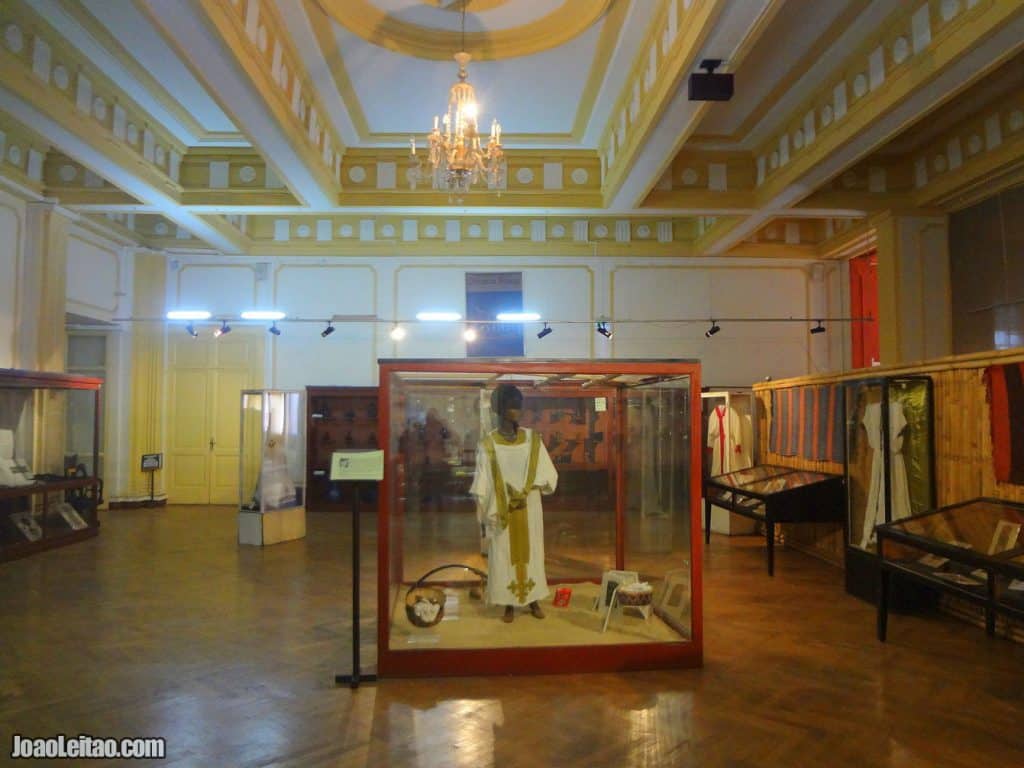
The Ethnological Museum of Addis Ababa is a great museum and well worth the visit. It was established in 1955 and has a collection of almost 13,000 pieces of different kinds. The museum is part of the Institute of Ethiopian Studies, of the University of Addis Ababa, and it’s located at the campus in a building that was once the palace of Emperor Haile Selassie. The exhibitions are diverse and scattered across two floors, displaying objects about rites of passage, wedding ceremonies, the life of different tribes, and philately. You can visit the quarters of the Emperor and, throughout the visit, notice the paintings and an excellent collection of photos by two Dutch diplomats who visited in the early 20th century. In front of the building, there’s a strange monument built by the Italians, and that depicts the rise of Ethiopia during the fascist government. The Museum is open every day, except on holidays.
National Museum
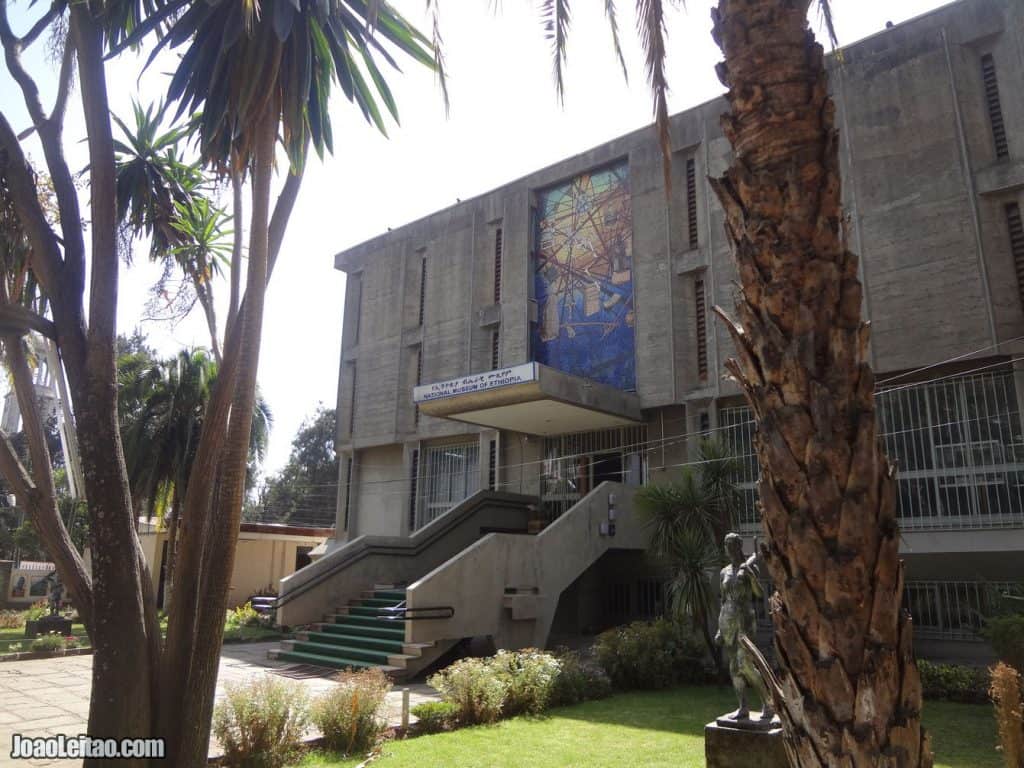
The National Museum of Ethiopia is located in Arada Kifle Ketema, near the Technology School of the University of Addis Ababa. It was founded in 1936 when the first museum exhibition of Ethiopia opened to the public. The current museum, however, is the result of the work done by the Institute of Archaeology, founded in 1958. The museum’s most important piece is the remains of Lucy, an Australopithecus that lived 3.2 million years ago and it’s the oldest trace ever found of human ancestors. However, the original fossils aren’t on display. In the museum, you can visit the best art collection in Ethiopia and a lot of archaeological findings. On the second floor, you can visit the ethnographical collection. Apart from the exhibition dedicated to Lucy, the informative texts and captions are poor. Fortunately, there are guides who speak English showing the exhibits to foreign tourists. They work for free, but a tip, in the end, is expected.
Mausoleum of Menelik II
This mausoleum is known as Te’eka Negist and includes the tombs of Menelik II (the Emperor of Abyssinia from 1889 to 1910) and Ivasu II, as well as the tombs of Empresses Zweditu and Taytu, and Archbishop Matewos. It’s located inside the Palace of Menelik II, which is currently used as the official residence and the office of the Prime Minister of Ethiopia. When in 1990 the remains of Emperor Haile Selassie were recovered, they stayed here temporarily. The mausoleum was built between 1917 and 1927 by German architect Carl Härtel. There’s a small exhibition with thrones, pictures, and various objects. The first floor is a church, Beata Maryam, where you’ll find paintings depicting important moments in the life of Menelik II. The mausoleum is open every day except on Mondays. You can photograph inside but it’s strictly forbidden to use cameras outside.
St. George Cathedral
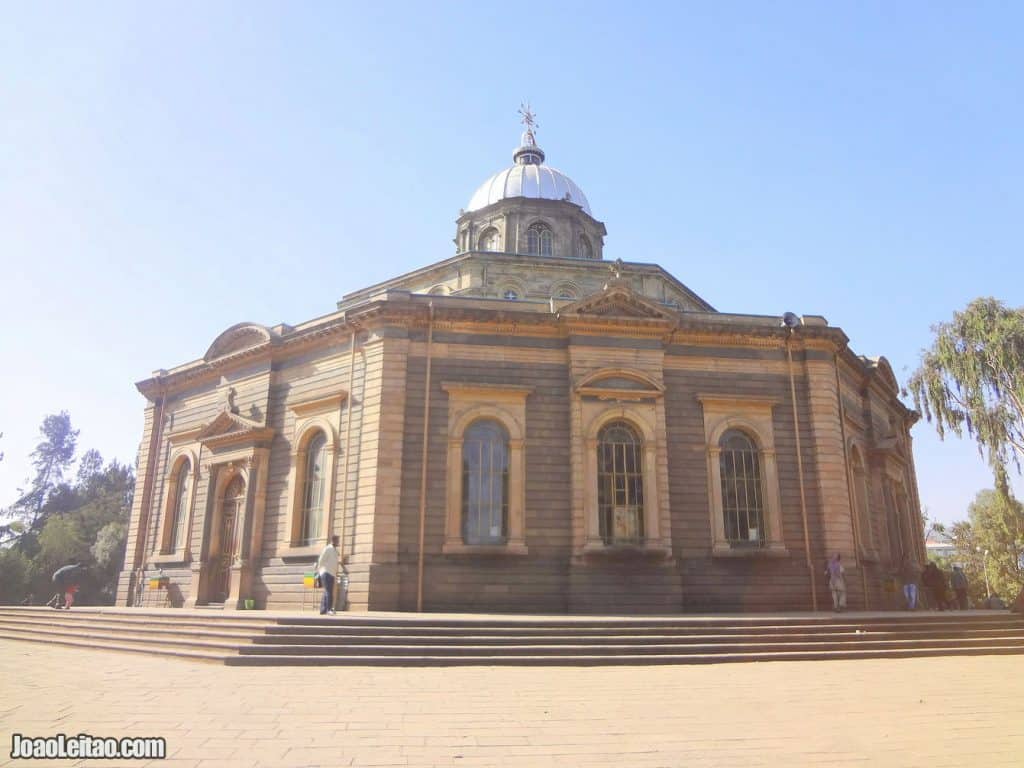
This Orthodox cathedral was built by Emperor Menelik II to celebrate his victory over an Italian army in Adwa, on 1 March 1896. St. George is connected to this victory after the Ethiopians carried his relics and images to the conflict area. In addition to that, the battle happened on St. George’s day. The temple was built on the ruins of an old church that was there since the 15th century. The octagonal-shaped dome is one of the symbols of Addis Ababa, and you can see it practically from anywhere in the city. Inside, highlights include the décor by Ethiopian artist Afewerk Tekle and the small museum. This is where Emperor Haile Selassie was crowned in 1930. The Italians burned down the cathedral in 1937, rebuilt by the Ethiopians four years later after the country was finally free.
Tiglachin Memorial
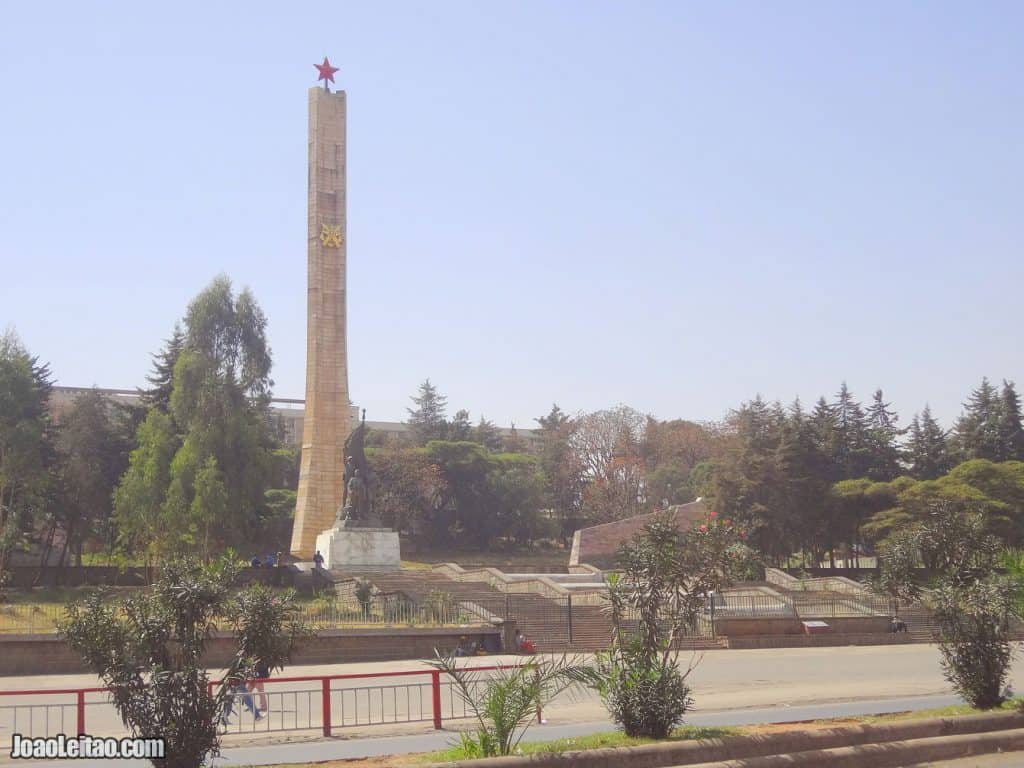
This memorial is an interesting trace of Ethiopia’s socialist era. It was built by the order of Mengistu Haile Mariam, who was the president of Ethiopia from 1977 to 1987. The memorial honors the Ethiopian and Cuban soldiers who fought in the Ogaden War, caused by territorial disputes, between Ethiopia and Somalia. Thanks to Cuban intervention, the Ethiopians won the war. The monument was inaugurated on 12 September 1984, on the 10th anniversary of the deposition of Emperor Haile Selassie. The statues of communist influence were a gift from North Korea, and include a red star at the top of the obelisk in the shape of a missile. On the main statue, you can see the communist hammer and sickle. The deposed emperor is represented riding a horse away from the scene of the events as the people overthrow his throne. The memorial also includes a panel with pictures of the Cuban soldiers who died in the conflict in Ogaden.
The “Red Terror” Martyrs’ Memorial
“Red Terror” happened from 1977 to 1978 when the Military Junta of the socialist government, led by Mengistu Haile Mariam, fought the regime’s opponents. Oppression began in 1974 when the Junta overthrew emperor Haile Selassie, but it became worse from 1977 onward. This museum is dedicated to keeping the memories of those violent days alive and the victims of the regime. In addition to the exhibition, the museum is involved in historical research to develop a database of victims and identify the remains of those found in mass graves. The visit to the museum will be a heavy one considering the topic. There are free guided tours in English and some of the guides are surviving political prisoners.
Menelik II Square
This square was built to celebrate the victory of the Ethiopians in the battle of Adwa against the Italian army on 1 March 1896, led by Emperor Menelik II. Every year the day is celebrated at the square, a day that is also the day of St. George, the patron saint of Ethiopia. The square is the starting point of all the roads in Ethiopia. In the center of the square, there’s the statue of Menelik II on a horse, holding two spears in the direction of Adwa. The statue was built in 1930 when Emperor Haile Selassie was crowned. It’s near the Town Hall, in front of the St. George Cathedral, in the heart of the city center.

